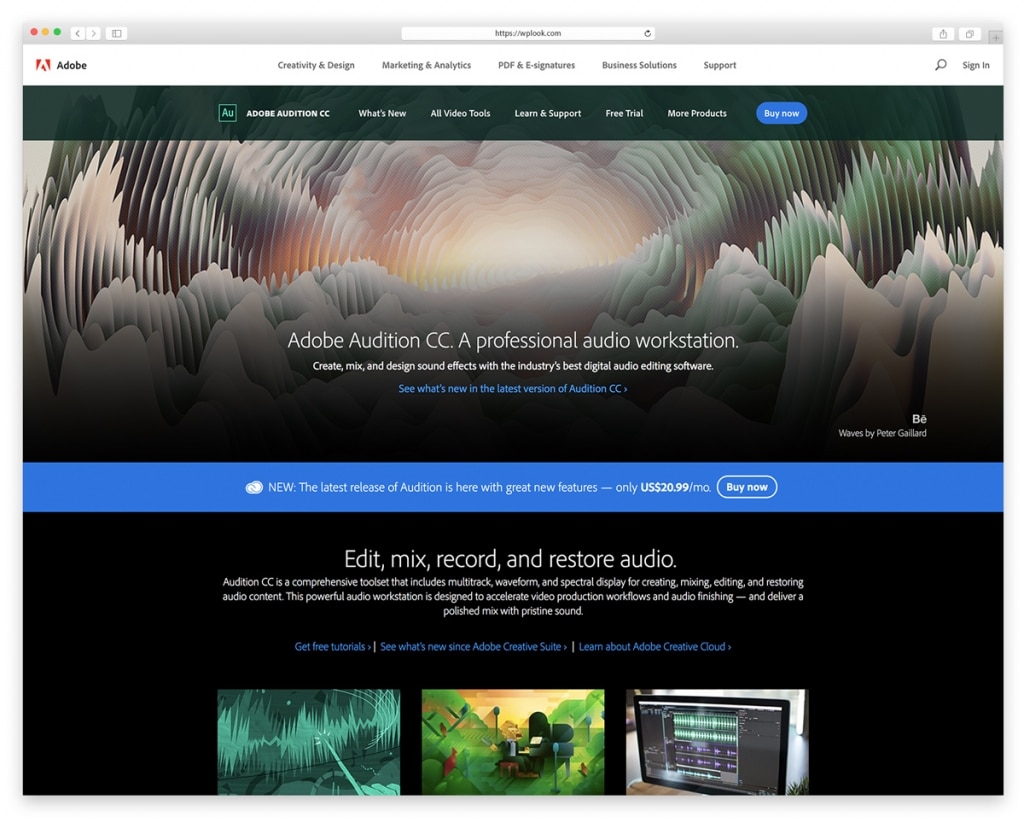Aac Files In Adobe Audition

In this video I'll be showing you how to export to MP3 in Adobe Audition. This is a new series where I'll show you how to edit audio so in the end your video will be a lot better. Hope you all enjoy! Click for my previous video! ► Merchandise! ► If you want to donate! ► Feel free to subscribe!
How do I get FlasKMPEG to convert VOB files to 5.1 surround sound? Sample streaming ambisonic AAC files HowTo Convert WMV 5.1 audio to ac3 5.1. AC3 Files (from split MKVs) How to input *avi-XviD file into Adobe Audition 2.0.
► Share this video by tweeting it! ► Have a video Suggestion? Post it in the comment section, or contact me through Facebook or Twitter! Are you on Facebook? ► Follow me on Twitter ► I also have Instagram ► Drum Covers ► If you like what you see, feel free to subscribe!
It's free =). → All Playlists ► Car Tutorials: ► Anonymous On Omegle Season 1: ► Anonymous On Omegle Season 2: ► Reviews: ► Sony Vegas Tutorials: ► Behind The Scenes: ► Vlog Season 1: ► Vlog Season 2: ► Vlog Season 3: ► Drumming Lessons: ► Drum Solos: ► Surgeon Simulator: ► Memorial Videos: ► Akinator Videos: ► Trailers: ► Announcements: ► Milestones: ► Photoshop Tutorials: ► HowToBasic Facts: ► Burning Questions: ► Reacting To My First Videos: ► OBS Tutorials: ► Adobe Illustrator CS6 Tutorials: ► Alex Halford Vlogs: Much love -A.
Stellar volume repair keygen generator. OST to PST Converter Repair & Convert OST File into PST; EDB to PST Converter Converts Offline/Online '.EDB' to '.PST' NSF to PST Converter Converts Notes '.NSF' to. TAKE YOUR SONGS TO THE NEXT LEVEL. Music Maker Premium is a unique virtual studio with more than 8,000 included sounds, intuitive drag & drop controls, countless.
Podcasts are radio-style talk shows and audio broadcasts that can be downloaded or streamed over the Internet. Creating a podcast requires basic understanding of recording, audio editing and mixing, and streaming or publishing. Audition makes the podcast creation process easier through its intuitive editing and mixing interface. Begin your podcasting process by scripting the content and setting up the ambience, microphone, and other recording equipment. 
After you record the audio, you can edit and refine it in Audition to remove unwanted noises, using the EQ to enhance the audio, and perform advanced edits and refinements. You can record your podcast audio using a variety of equipment ranging from a standalone USB or analog microphone to a combination of microphones, audio interfaces, mixers, and so on. Most podcasters record audio by directly plugging in a microphone to a USB slot or microphone slot on their audio hardware. Audition supports a wide range of audio input and output hardware.

The equipment is detected, drivers are updated, and audio preferences are set as you connect a recording device to your computer. Before you start to record, be sure to check the audio input and output preferences in the Audio Hardware Preferences dialog box. To set audio preferences according to your requirements, choose Edit > Preferences> Audio Hardware and select your settings under the Default Input and Output options. The Essential Sound Panel allows you to assign a mix type for your clip and apply edits that suit the nature of the clip. For example, if you assign Dialogue as the mix type for a voice clip, the Dialogue tab of the Essential Sound panel presents you several parameter groups related to that mix type. The parameters allow you to carry out the common tasks that are associated with dialogue, such as unifying the different recordings to common loudness, reducing background noise, and adding compression and EQ.
The mix types in the Essential Sound panel are mutually exclusive, that is, selecting one mix type for a clip reverts the previous changes done on that track using another mix type. After you are done with your edits and previewing your changes, you can save your podcast in the format and settings that suits your target media.